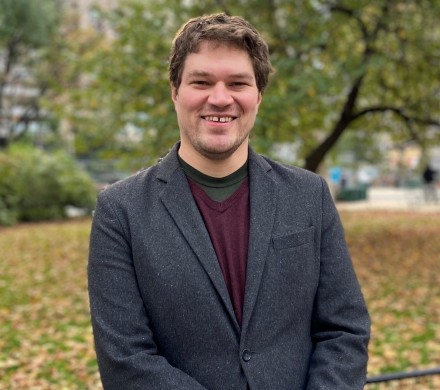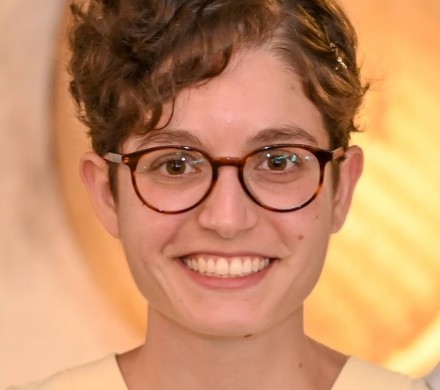LIGO
LIGO FIRSTS
- LIGO’s interferometers are the world’s largest precision optical instruments.
- LlGO must detect movements as small as one thousandth the diameter of a proton, which is the nucleus of a hydrogen atom, of mirrors, separated by four kilometres
- The mirrors are housed in one of the world’s largest vacuum systems, with a volume of nearly 300,000 cubic feet. The beam tubes and associated chambers are evacuated to a pressure of one-trillionth of an atmosphere
- The suspended mirrors are shielded from vibration with high-precision, vibration-isolation systems. More than 30 different control systems are required to hold all the lasers and mirrors in proper alignment and position, to within a tiny fraction of a wavelength over the four-kilometre lengths of both arms of the interferometers
- the laser beams travel in a clear path with a minimum of scattering due to stray gases.
- To do this, LIGO is build of steel specifically produced with a very low dissolved hydrogen content by industry to meet the specifications of LIGO scientists and engineers
- The LIGO laser light comes from high-power, solid-state lasers so well regulated that, over one hundredth of a second, the frequency will vary by less than a few millionths of a cycle.
- LIGO will be the first observatory to detect a wave that is not part of the electromagnetic (light) spectrum. It can show us what the universe was like 10-30 seconds after the big bang, before the first photons were emitted
BACKGROUND
Albert Einstein predicted the existence of gravitational waves in 1916 as part of the theory of general relativity. He described space and time as different aspects of reality in which matter and energy are ultimately the same. Space-time can be thought of as a “fabric” defined by the measuring of distances by rulers and the measuring of time by clocks. The presence of large amounts of mass or energy distorts space-time — in essence causing the fabric to “warp” — and we observe this as gravity. Freely falling objects — whether a soccer ball, a satellite, or a beam of starlight — simply follow the most direct path in this curved space-time.
When large masses move suddenly, some of this space-time curvature ripples outward, spreading the way ripples do on the surface of a pond. Imagine two neutron stars orbiting each other. A neutron star is the burned-out core often left behind after a star explodes. It is an incredibly dense object that can carry as much mass as a star like our sun, in a sphere only a few miles wide. When two such dense objects orbit each other, space-time is stirred by their motion, and gravitational energy ripples throughout the universe.
In 1974 Joseph Taylor and Russell Hulse found such a pair of neutron stars in our own galaxy. One of the stars is a pulsar, meaning it beams regular pulses of radio waves toward Earth. The Hulse-Taylor and his colleagues were able to use these radio pulses, like the ticks of a very precise clock, to study the orbiting of neutron stars. Over two decades, these scientists watched for and found the tell-tale shift in timing of these pulses, which indicated a loss of energy from the orbiting stars — energy that had been carried away as gravitational waves. The result was just as Einstein’s theory predicted, and the discovery earned Hulse and Taylor the Nobel Prize in 1993.
HOW LIGO WORKS
LIGO will detect the ripples in space-time by using a device called a laser interferometer, in which the time it takes light to travel between suspended mirrors is measured with high precision using controlled laser light. Two mirrors hang far apart, forming one “arm” of the interferometer, and two more mirrors make a second arm perpendicular to the first. Viewed from above, the two arms form an L shape.
Laser light enters the arms through a beam splitter located at the corner of the L, dividing the light between the arms. The light is allowed to bounce between the mirrors repeatedly before it returns to the beam splitter. If the two arms have identical lengths, then interference between the light beams returning to the beam splitter will direct all of the light back toward the laser. But if there is any difference between the lengths of the two arms, some light will travel to where it can be recorded by a photodetector.
The space-time ripples cause the distance measured by a light beam to change as the gravitational wave passes by, and the amount of light falling on the photodetector to vary. The photodetector then produces a signal defining how the light falling on it changes over time. The laser interferometer is like a microphone that converts gravitational waves into electrical signals. Three interferometers of this kind were built for LlGO — two near Richland, Washington, and the other near Baton Rouge. Louisiana. LlGO requires at least two widely separated detectors, operated in unison, to rule out false signals and confirm that a gravitational wave has passed through the earth.
CITA Faculty and Fellow Part of LVK’s Newest Observation Run
May 25, 2023
Today the LIGO-Virgo-KAGRA (LVK) Collaboration begins a new observing run with upgraded instruments, new and even mor…
CITA Rejoins the LIGO Scientific Collaboration
March 31, 2023
Faculty and Postdocs join to form CITA’s membership to this esteemed collaboration
Collaboration and discovery go…
India-LIGO: Is IndiGO a go?
February 4, 2014
Jammu, India –
The Indian Prime Minister Manmohan Singh announced Monday that India intends to host the third…


